
Low-budget independent horror films have always been successful because of their creativity and willingness to take risks – doing things major studios often avoid. These movies showed that a strong vision and courage can achieve more than expensive special effects. From incredibly cheap productions to films that became festival hits, each one has had a real impact on the horror genre, scaring audiences and inspiring a new generation of filmmakers.
‘Night of the Living Dead’ (1968)

George A. Romero filmed this groundbreaking movie in and around Pittsburgh using a small budget and many local actors. The film’s distinctive black and white style wasn’t a creative choice, but a result of limited funds, which actually gave it a realistic, documentary-like feel. A technical error placed the film in the public domain, allowing it to become widely distributed. It became hugely profitable and fundamentally changed how zombies were portrayed in film.
‘The Texas Chain Saw Massacre’ (1974)

The filmmakers, led by Tobe Hooper, faced scorching heat and exhausting days while shooting this low-budget horror film in the Texas countryside. Despite rarely showing graphic violence, the movie builds a reputation for gore through skillful use of sound and implication. They used creative and resourceful techniques to make limited resources appear much more substantial. It quickly became a late-night favorite and a model for how to create effective independent horror films.
‘Halloween’ (1978)
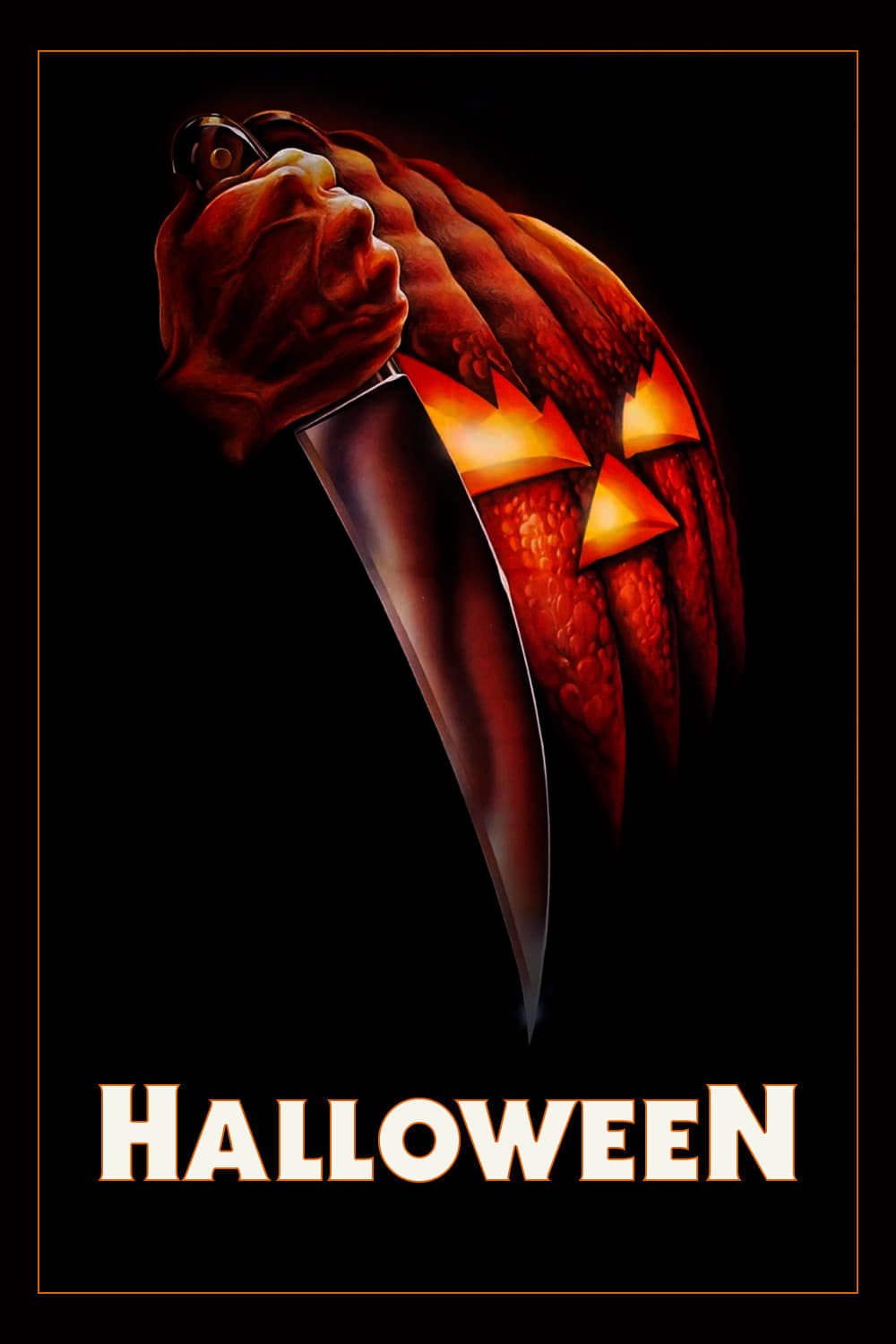
John Carpenter created a hugely popular horror film despite having limited funds. The film’s iconic mask, smooth camera movements, and simple musical score all worked perfectly together. By self-funding and keeping the crew small, Carpenter maintained creative control and minimized expenses. Initial success came from positive reviews and local showings, which eventually led to massive box office returns.
‘Eraserhead’ (1977)
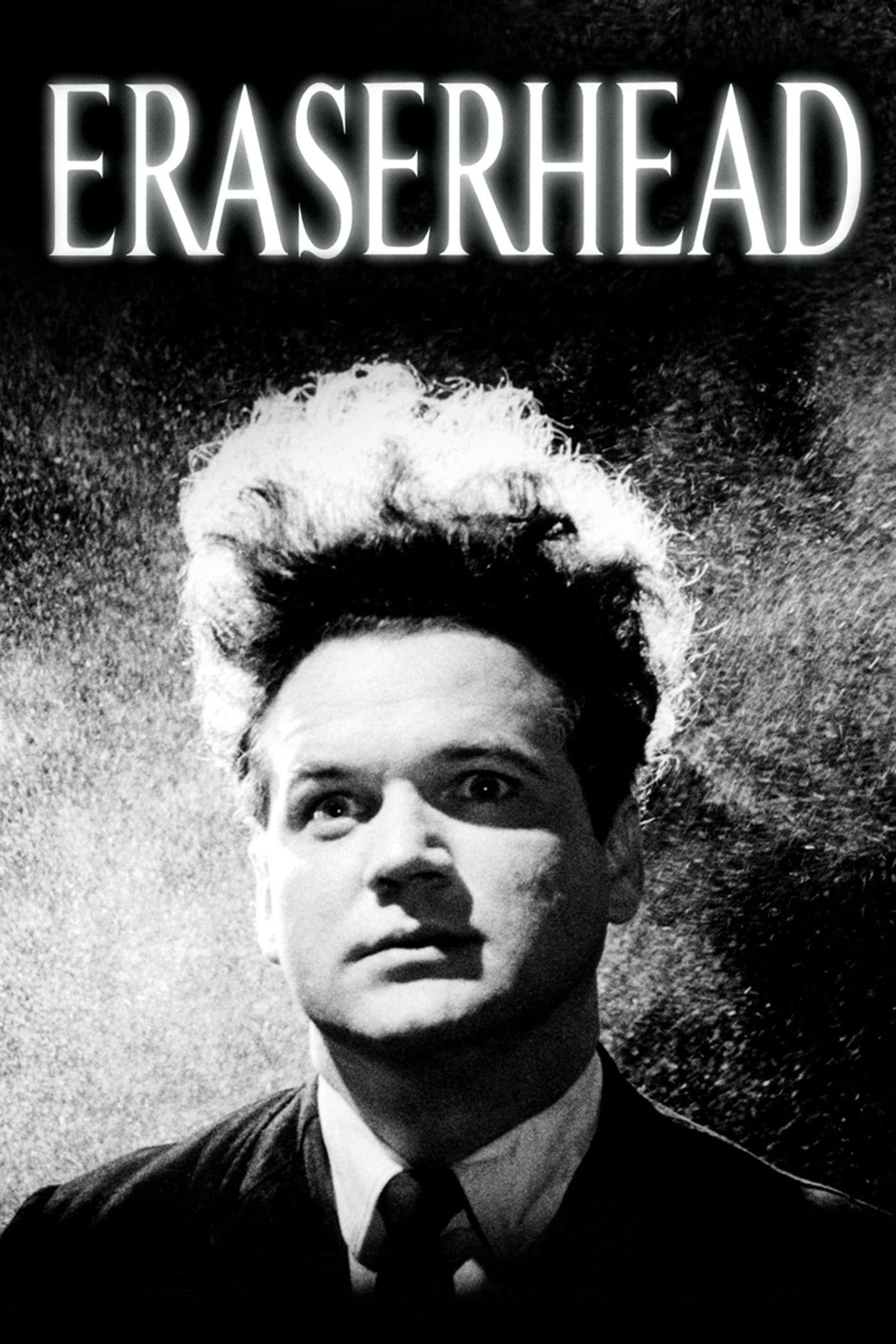
I’ve always been captivated by David Lynch’s vision, and learning about how ‘Eraserhead’ came to be is just as fascinating as the film itself. It was clearly a labor of love, built bit by bit with help from the AFI and a lot of favors. The sound design and effects weren’t slick – they were raw and handmade, creating this incredibly unique and unsettling world. What’s amazing is that it didn’t just stay in the art house circuit; it became a true midnight movie phenomenon, with people going back night after night. It really proved that you could make truly experimental horror and reach a huge audience.
‘The Evil Dead’ (1981)
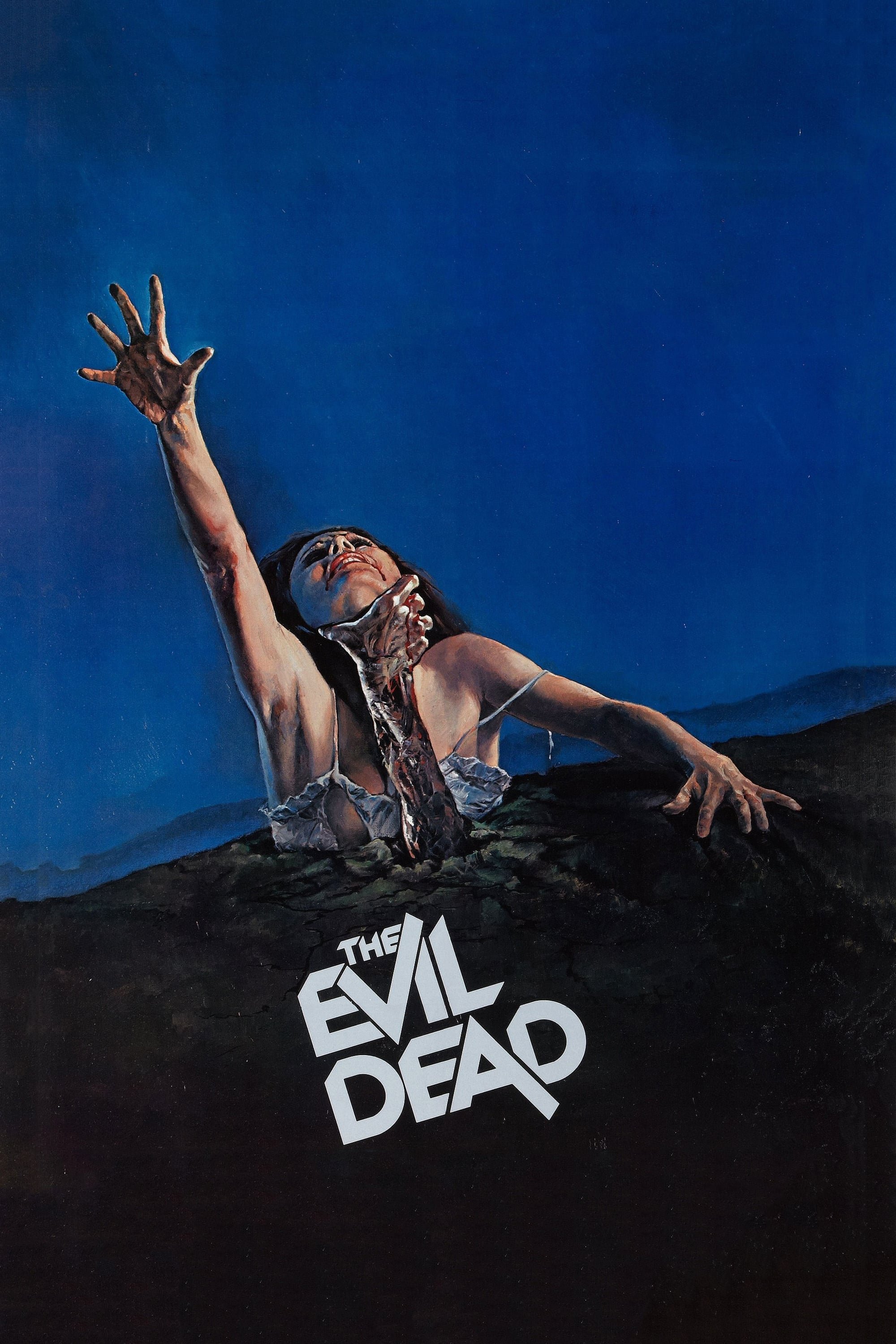
Sam Raimi and his team filmed in a genuine cabin, building their own equipment and relying on impressive, hands-on special effects. They carried everything through the forest and created shots on the fly. A positive review from a well-known author helped them get the movie distributed. The film’s raw, energetic style transformed a risky, low-budget project into a beloved series.
‘The Blair Witch Project’ (1999)

A small team created a convincing illusion of reality using simple cameras, spontaneous acting, and a compelling story. This early online marketing involved fabricated documents and websites, intentionally blurring the lines between what was real and fake. Filmed in Maryland forests with a minimal budget, the raw performances helped create a global phenomenon, becoming the most famous example of how ‘found footage’ can succeed.
‘Audition’ (1999)
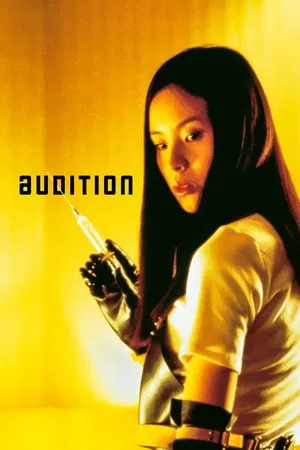
Takashi Miike’s film, based on a novel by Ryu Murakami, starts slowly but gradually becomes intensely shocking. The filmmakers deliberately kept the settings and number of actors limited, creating a focused and intimate feel. Combined with strong sound and careful direction, the film culminates in a truly memorable final act. It gained popularity at film festivals and quickly developed a dedicated global fanbase.
‘The Babadook’ (2014)
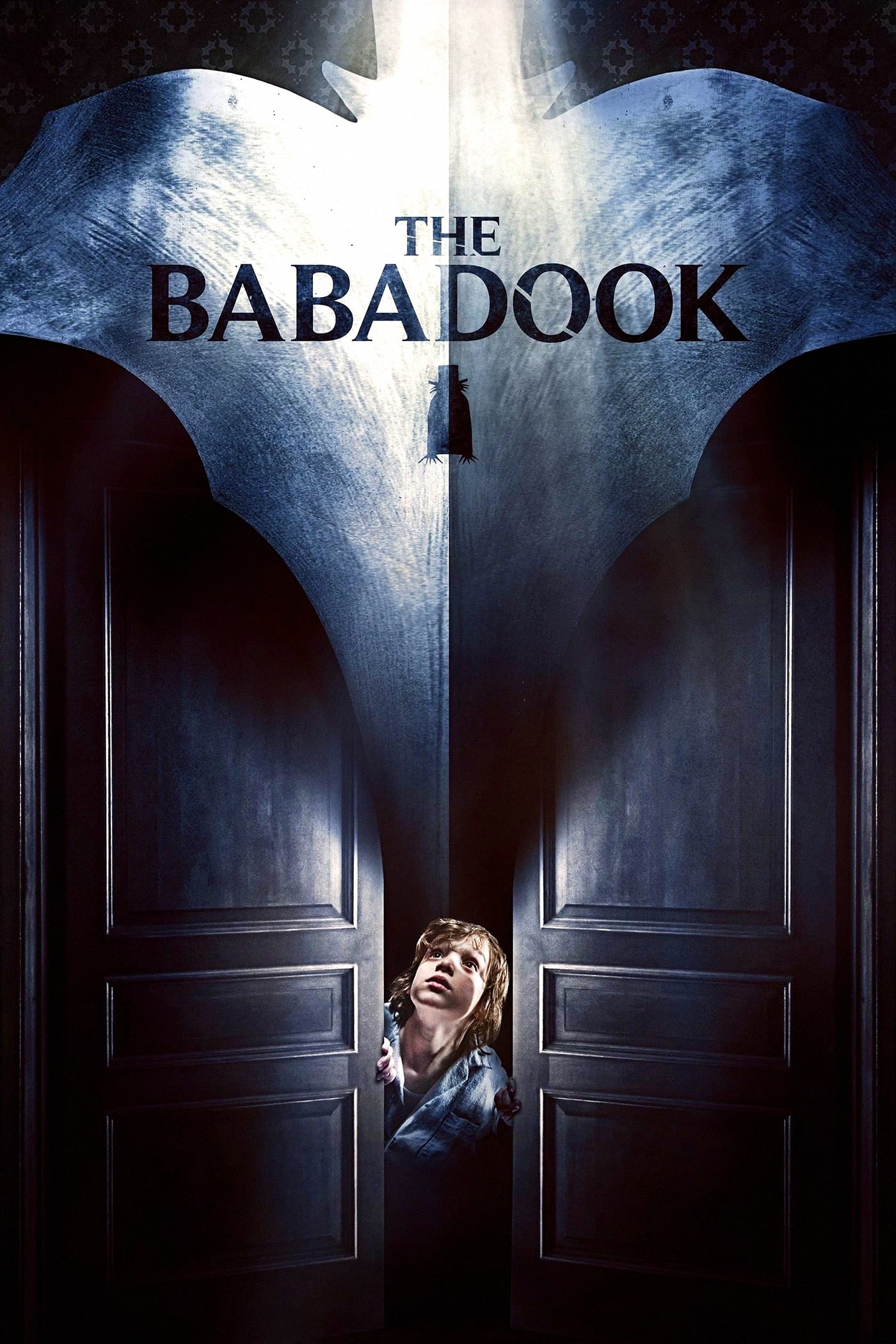
I was so excited when Jennifer Kent turned her short film into a full-length feature! It’s a really moving story about dealing with grief, and she tells it through this amazing monster. Getting it made wasn’t easy – she pieced together funding with grants and support from fans online. What I especially loved was that she didn’t rely on CGI; the creature was brought to life with incredible practical effects and puppetry. It really resonated with people, and after getting a lot of buzz at film festivals, it became a huge success for Australian independent horror. I’m a big fan and think everyone should check it out!
‘It Follows’ (2014)
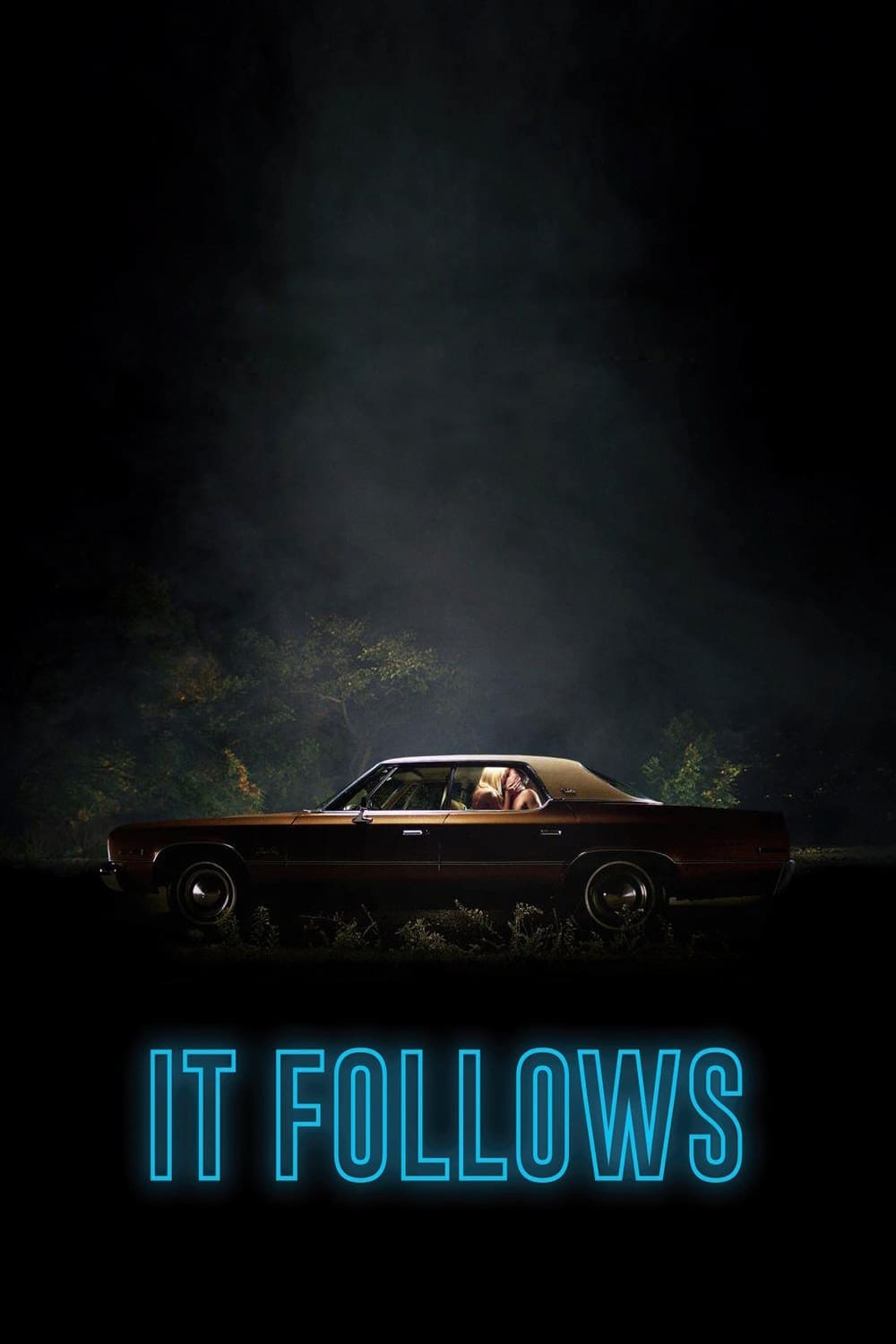
David Robert Mitchell’s film, shot in Detroit, features visually impressive widescreen shots and a haunting electronic score by Disasterpeace. The story’s simplicity allowed for a consistently unsettling atmosphere, and the film was made efficiently with a small cast and real-life locations. After starting with a limited release, positive word-of-mouth led to it playing in more theaters.
‘The Witch’ (2015)
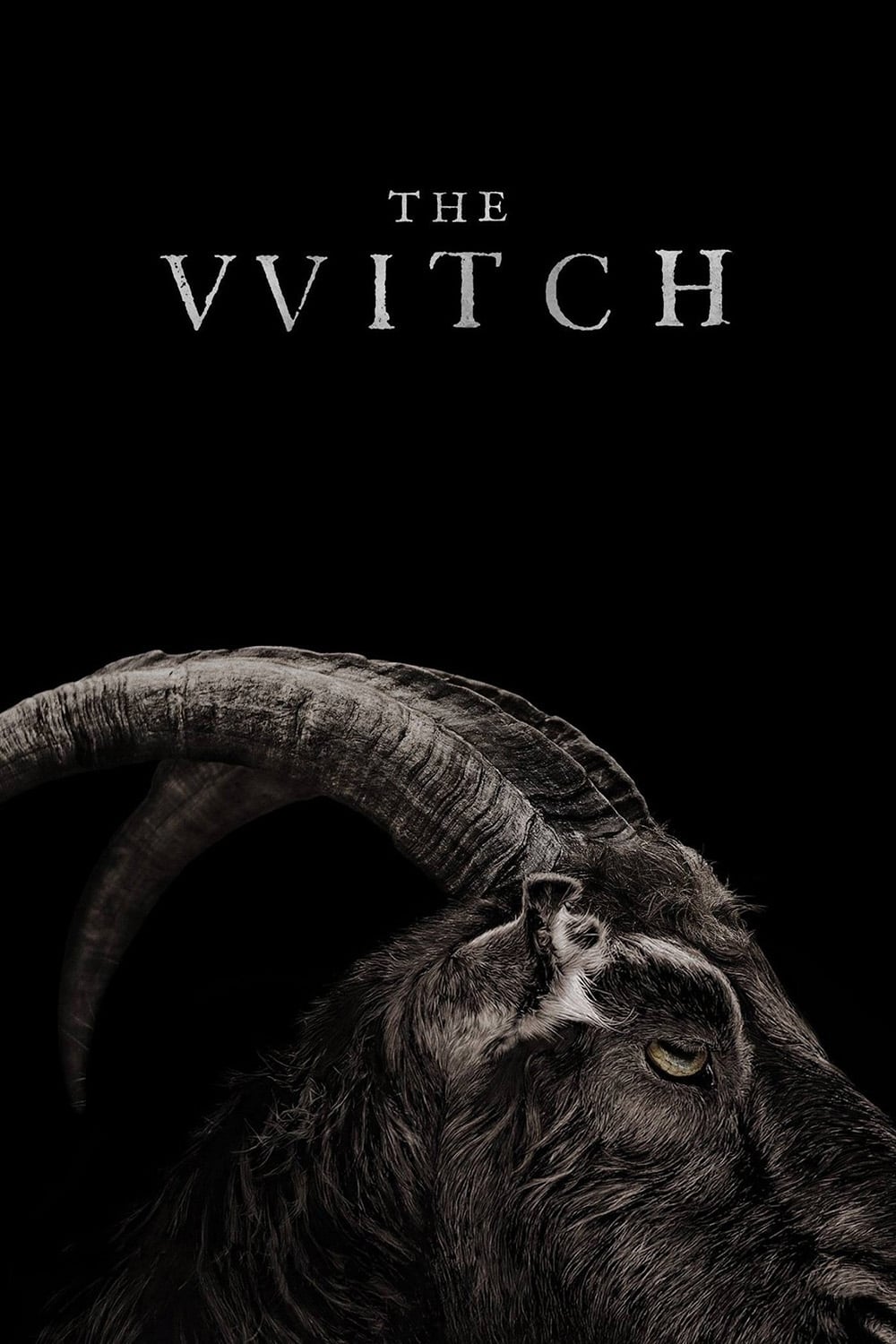
Robert Eggers meticulously researched historical diaries and court documents to ensure the film’s language and everyday life felt authentic. Realistic farm sets, natural lighting, and the use of live animals helped create a believable and unsettling atmosphere. The filmmakers prioritized historical accuracy over relying on costly special effects. Positive reviews at film festivals led to a broader release and a dedicated fanbase.
‘Hereditary’ (2018)

Ari Aster carefully designed the film’s sets to have complete control over the visual details and camera work. He relied on real-life effects and clever filming techniques to make the most disturbing scenes believable. After a successful premiere at a major film festival, the movie quickly gained popularity through positive word-of-mouth. Ultimately, it proved to be a very profitable independent film.
‘Midsommar’ (2019)

Ari Aster created a terrifying experience in broad daylight, filming in open fields with incredibly detailed and artistic sets. The filmmakers constructed an entire village and carefully planned every movement in the film’s ceremonies. An extended cut of the film further developed the characters and rituals. Ultimately, the movie reached a wide international audience, extending its unsettling story beyond its initial fanbase.
‘The Lighthouse’ (2019)

Robert Eggers intentionally filmed with a narrow, old-fashioned screen shape and lenses to recreate the look of early movies. The filmmakers actually built a functioning lighthouse on a rugged coastline. They recorded sounds and weather effects directly on set whenever they could, avoiding digital enhancements. The film relies heavily on the performances of two actors who endure a grueling and intense psychological journey.
‘Talk to Me’ (2022)
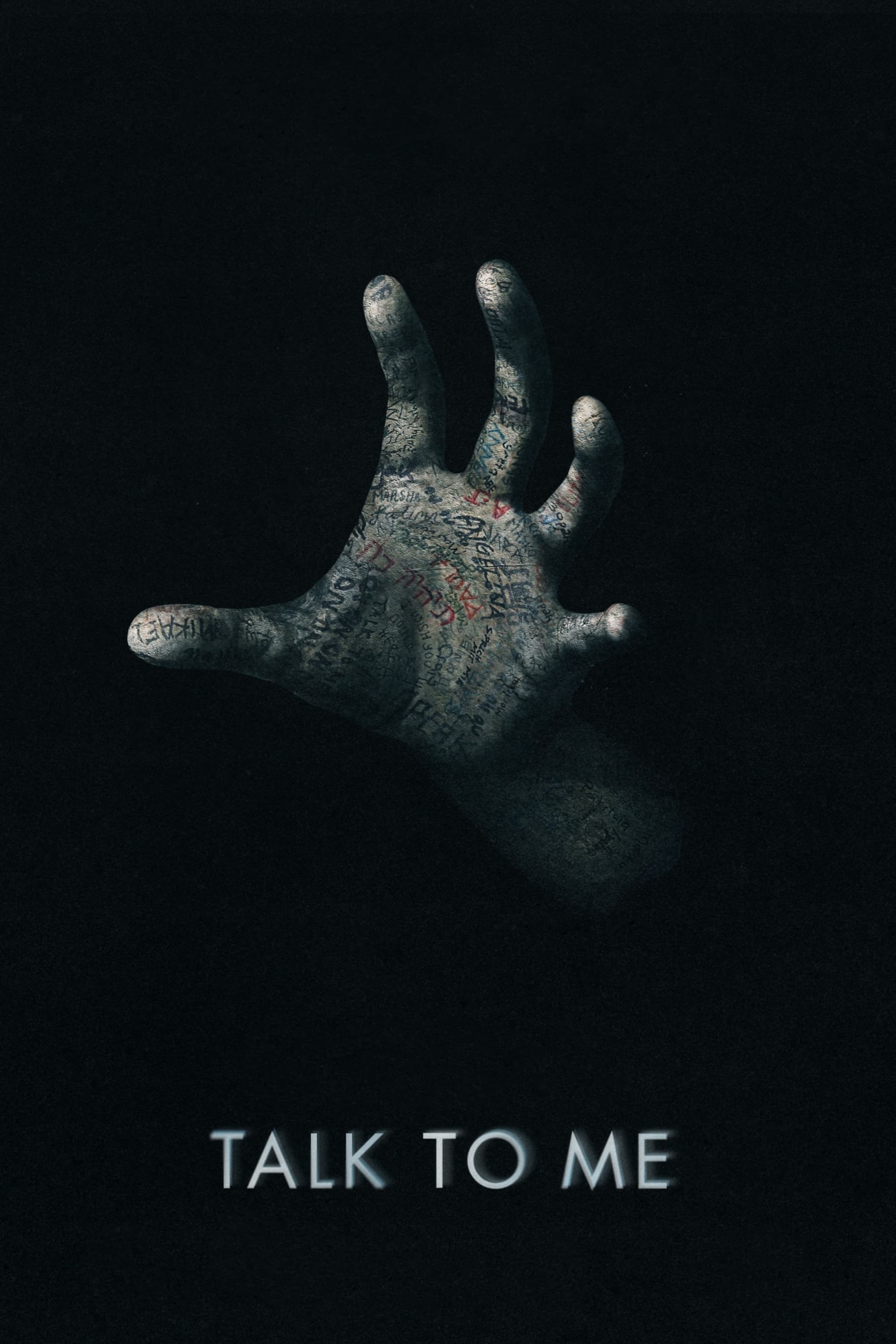
Australian filmmakers Danny and Michael Philippou found a clever way to build a scary possession story around a common party game. They relied on realistic makeup and practical effects done on set to make the scares feel real and immediate. After a successful debut at a film festival, a leading independent distributor gave the film a wide release. The enthusiastic reaction from audiences quickly led to plans for a follow-up movie.
‘Skinamarink’ (2022)

Kyle Edward Ball created his film using simple equipment and a small team, shooting in his childhood home. The film’s grainy look and slow pace encourage viewers to fill in the gaps with their own imaginations. After an accidental online release, it quickly gained a large following on social media. Eventually, a distributor saw its potential and helped transform this low-budget project into a movie shown in theaters.
‘Terrifier 2’ (2022)
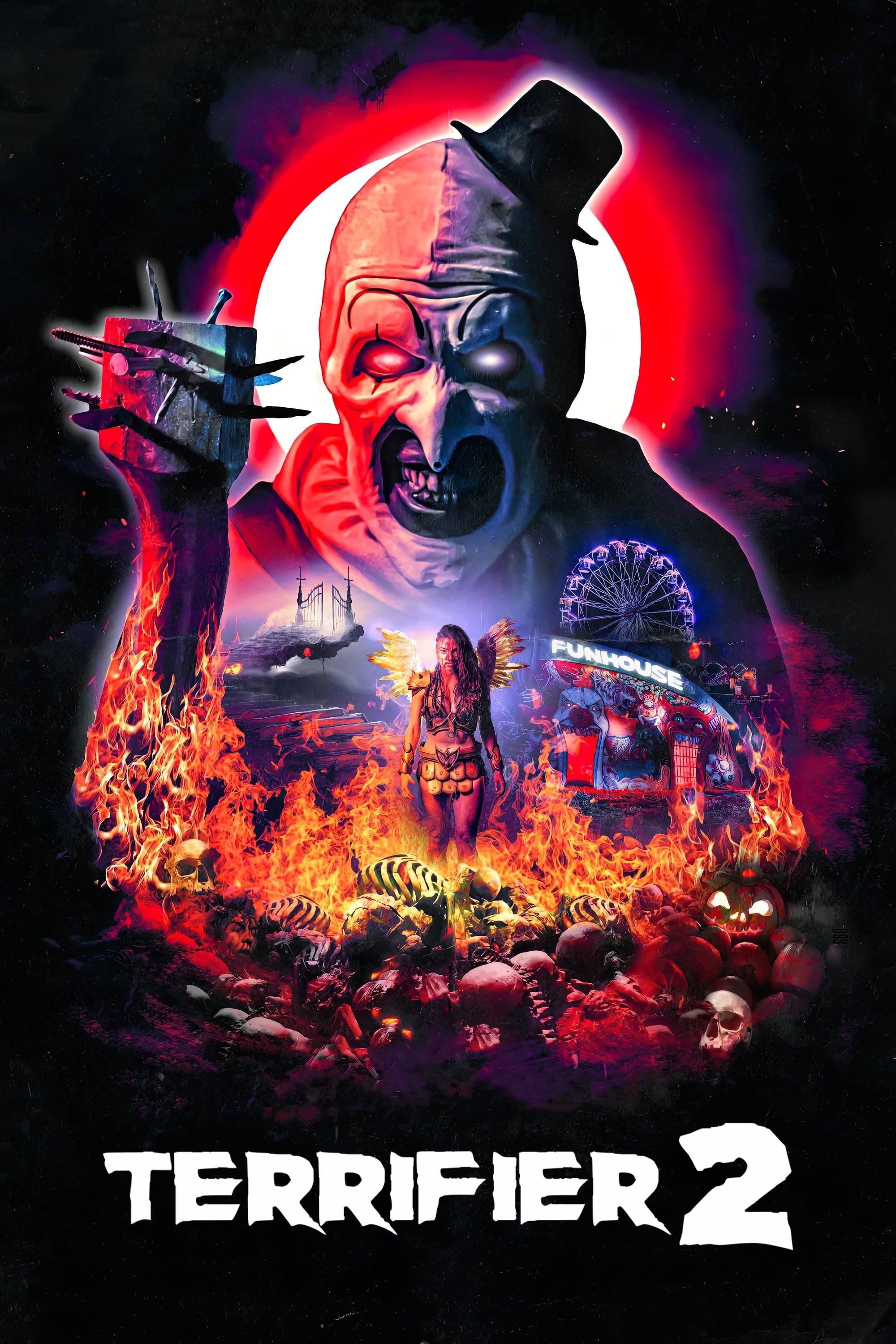
Damien Leone continued his series of scary clown movies thanks to funding from fans and a dedicated following. The film relies heavily on realistic, practical special effects throughout. Its unrated release in theaters gained attention and proved to be profitable. The movie’s success demonstrated the power of strong fan support in achieving a wide release.
‘Green Room’ (2015)

I was completely gripped by Jeremy Saulnier’s film! It follows this punk band who find themselves stuck playing a show at a club run by some seriously dangerous people. What I really appreciated was how realistic everything felt – they filmed in actual venues and kept the whole crew pretty small, which made it feel so immediate. The way the fights were staged and the makeup used to show the injuries were incredibly effective and believable. Plus, the film built up a lot of excitement at festivals, and the distributor really capitalized on that to get it shown in art house cinemas – it was a smart move that got it to a wider audience.
‘The House of the Devil’ (2009)
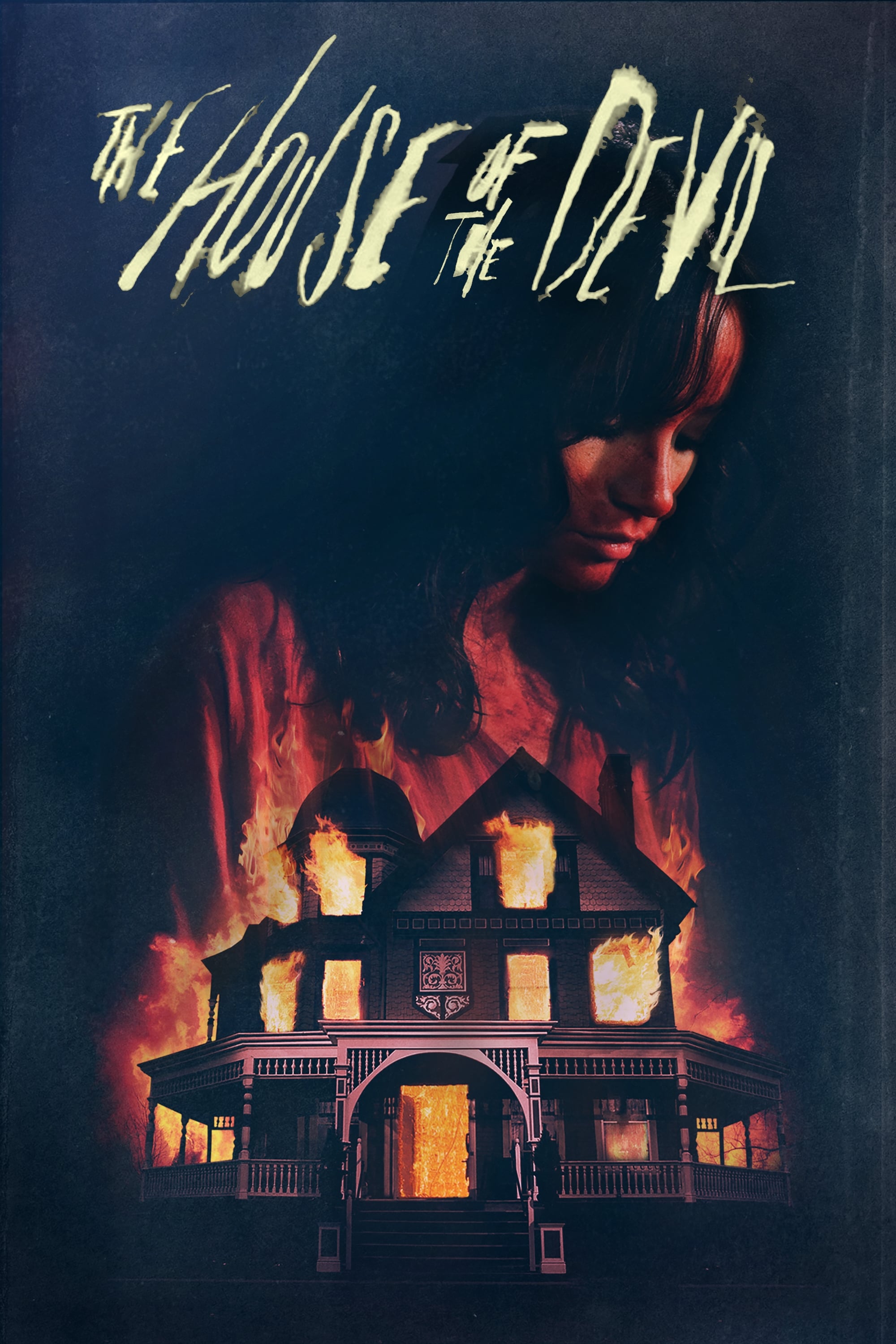
Ti West aimed for a classic horror vibe in his film, shooting on 16mm film and using props from the time period. The movie centers around a babysitting gig that quickly turns terrifying, all unfolding over the course of one night. Because of its small cast and few locations, filming was relatively quick and easy. It also did very well on home video, which helped it gain a dedicated following.
‘Creep’ (2014)

Director Patrick Brice and Mark Duplass made the film by largely improvising scenes with just a small, two-person team. They used a ‘found footage’ style to keep the filming simple and personal. Releasing the film on a popular streaming service allowed it to reach a large audience very quickly. Because they had limited resources, the filmmakers focused on developing strong, believable characters, which became the film’s greatest strength.
‘Lake Mungo’ (2008)

This Australian film presents a family’s tragic story as if it were a documentary, using interviews and found footage. The filmmakers were able to shoot quickly and affordably without needing elaborate sets. Clever editing gradually uncovers the story from everyday moments. Initially gaining popularity through word of mouth and physical copies, it has since become a beloved cult classic thanks to streaming.
‘Pontypool’ (2008)
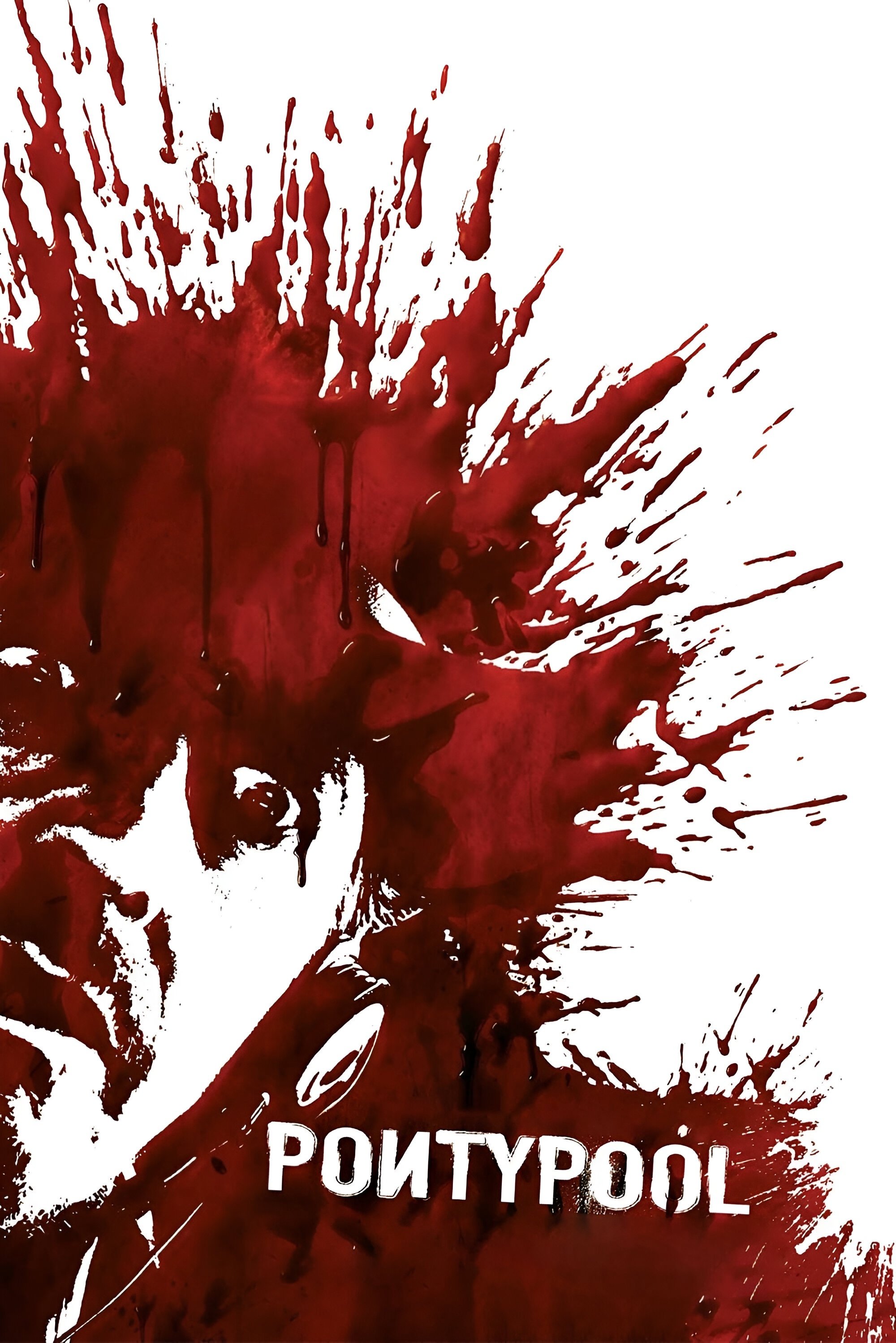
The story unfolds primarily within a local radio station as a dangerous outbreak occurs outside. Because the infection spreads through spoken language, the most frightening events happen out of sight. The limited setting and a compelling central performance help make the most of the film’s modest budget, creating a gripping and atmospheric experience driven by conversation and sound design.
‘Kill List’ (2011)
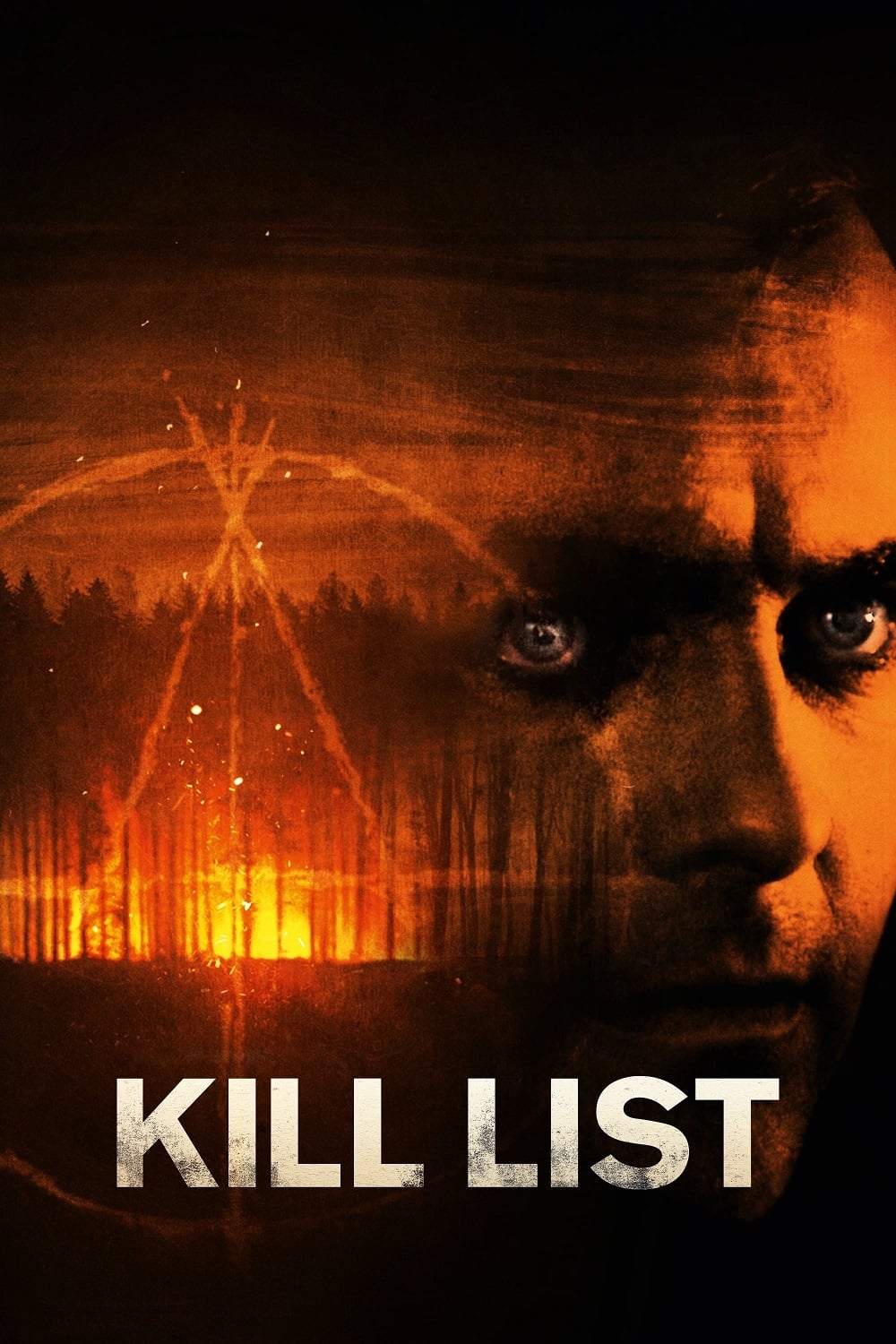
Ben Wheatley’s film mixes the world of professional killers with a creepy, unsettling atmosphere, all brought to life by realistic acting. Filmed on location throughout the UK, the production kept costs down. The film’s use of partially improvised dialogue adds a gritty, authentic feel that enhances the story’s downward trajectory. The ending was particularly impactful, quickly earning the film a strong reputation within the genre community.
‘The Invitation’ (2015)
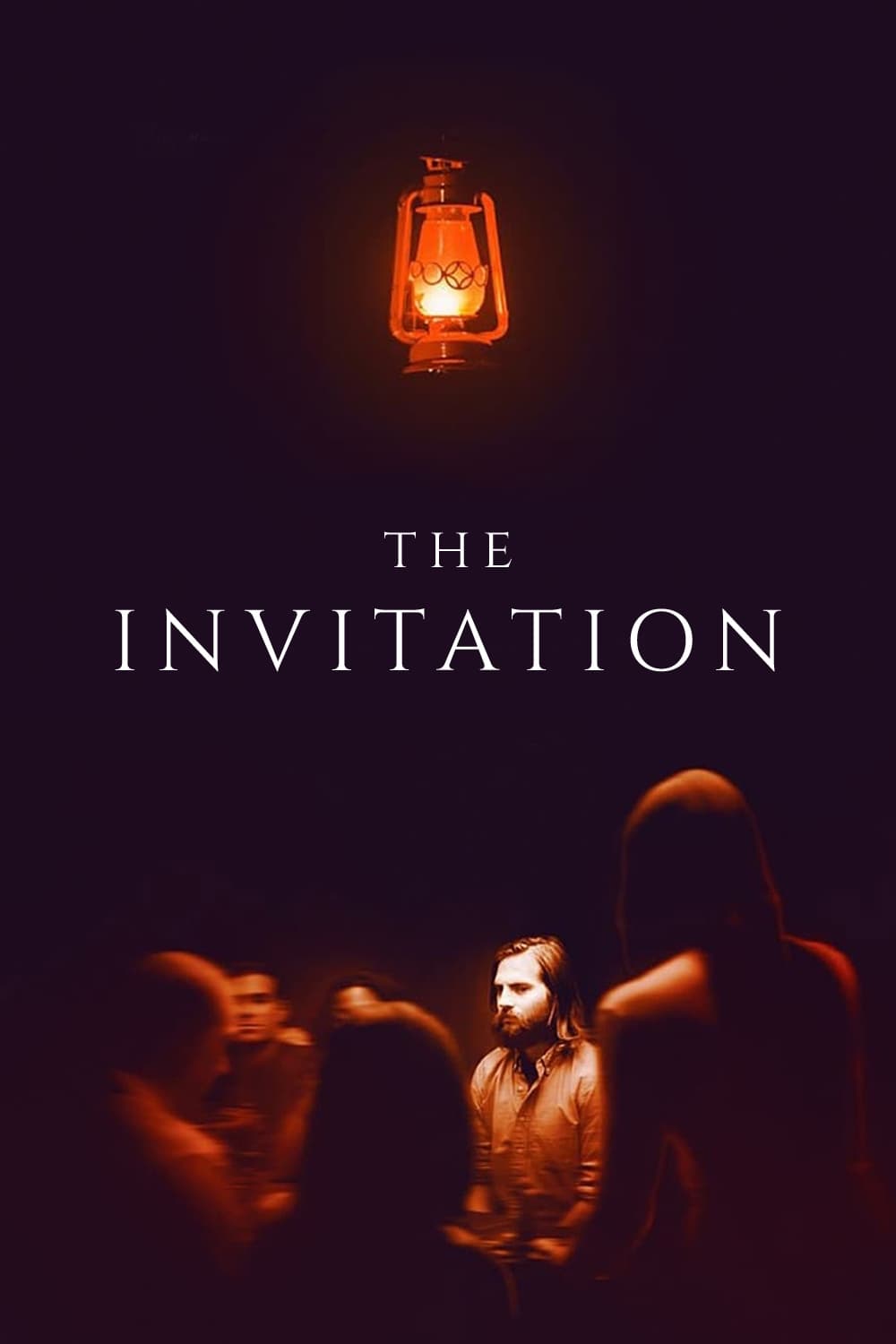
Karyn Kusama’s film unfolds during a dinner party in a sleek Los Angeles house, steadily building suspense as the story moves through different rooms. Filming in just one location kept the production streamlined and concentrated. The director uses precise camera positioning and extended shots to keep the audience feeling uneasy. After a brief release in theaters, the film became widely available through streaming.
‘Saint Maud’ (2019)
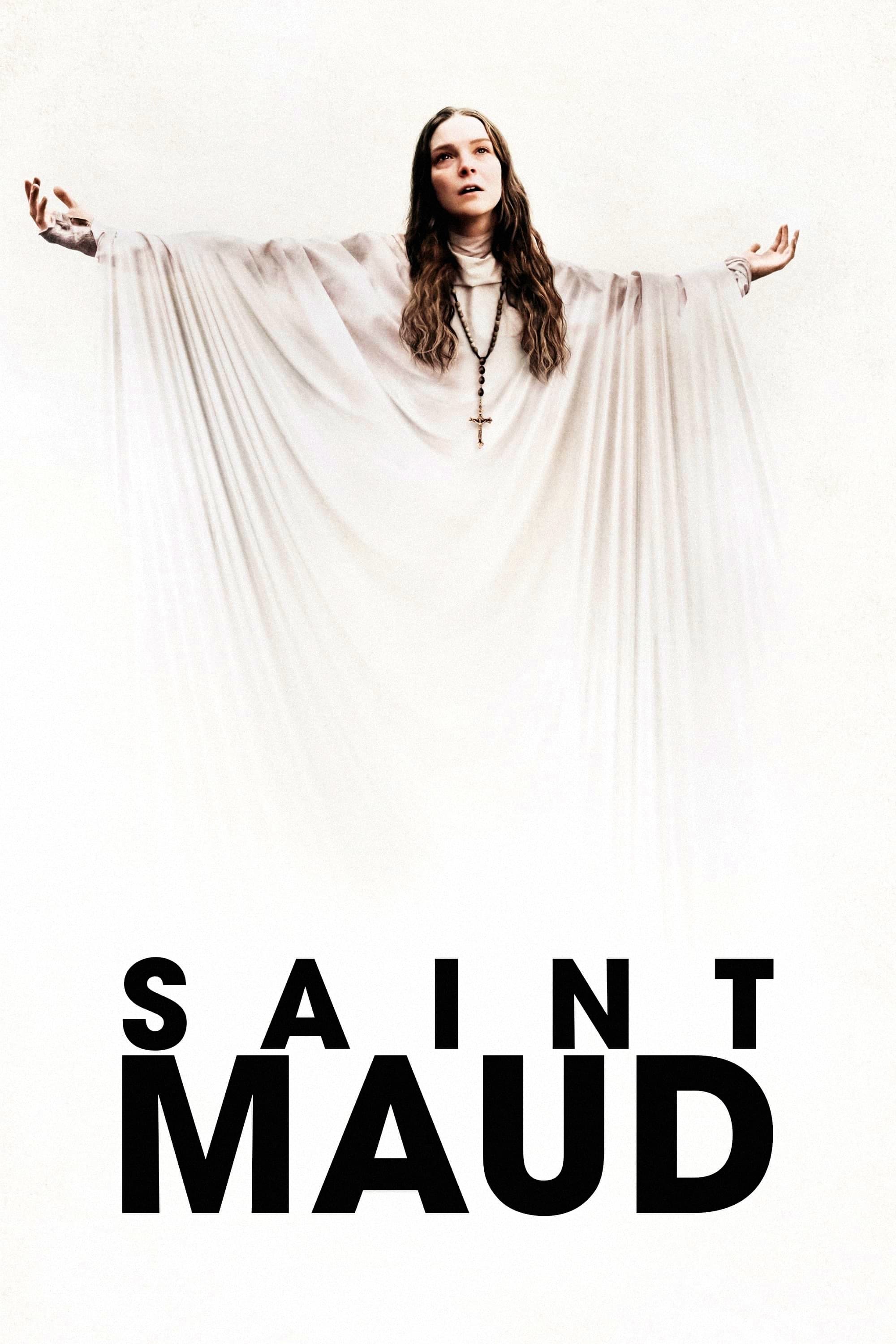
Rose Glass’s film is a deeply personal look at a nurse whose caring nature takes a dark turn. It builds tension through careful sound design, subtle effects, and unique camera angles. The film gained attention at festivals and in independent cinemas, and its final scene quickly became a popular topic of discussion among horror enthusiasts.
‘The Endless’ (2017)
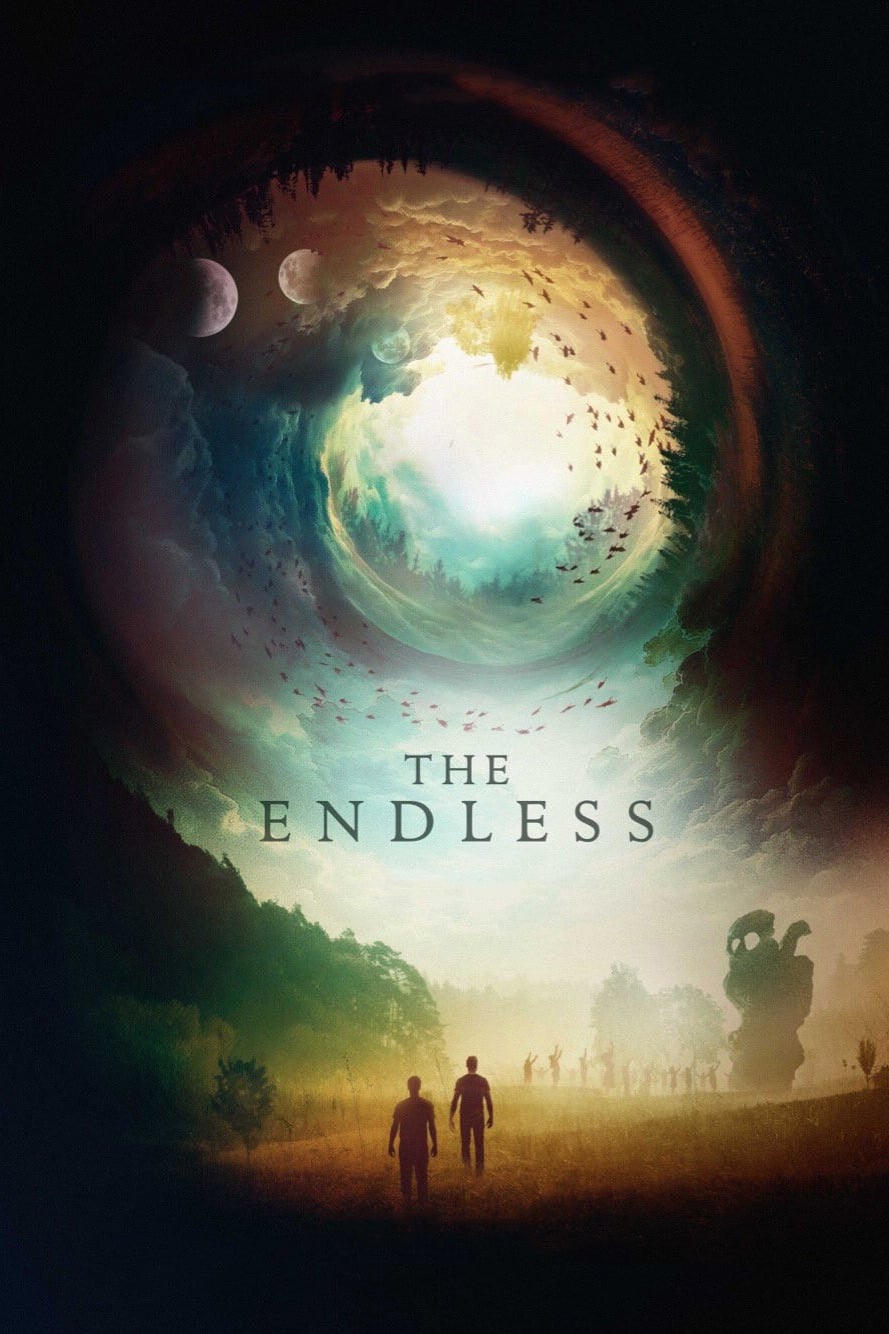
Justin Benson and Aaron Moorhead play brothers who revisit a peculiar rural community. The film achieves impressive visual effects – particularly with the sky and stars – using resourceful techniques and a limited budget. Fans of the directors’ previous films will appreciate familiar themes, but the story is also accessible to first-time viewers. Positive buzz from film festivals and enthusiastic recommendations helped the movie reach audiences around the world.
Share your favorite indie horror picks in the comments and tell us which ones we should add next.
Read More
- Robert Kirkman Launching Transformers, G.I. Joe Animated Universe With Adult ‘Energon’ Series
- Avantor’s Chairman Buys $1M Stake: A Dividend Hunter’s Dilemma?
- EUR TRY PREDICTION
- AI Stock Insights: A Cautionary Tale of Investment in Uncertain Times
- NextEra Energy: Powering Portfolios, Defying Odds
- Hedge Fund Magnate Bets on Future Giants While Insuring Against Semiconductor Woes
- Ex-Employee Mines Crypto Like a Digital Leprechaun! 😂💻💸
- Oklo’s Stock Surge: A Skeptic’s Guide to Nuclear Hype
- UnitedHealth’s Fall: A Seasoned Investor’s Lament
- The Illusion of Zoom’s Ascent
2025-11-08 19:48